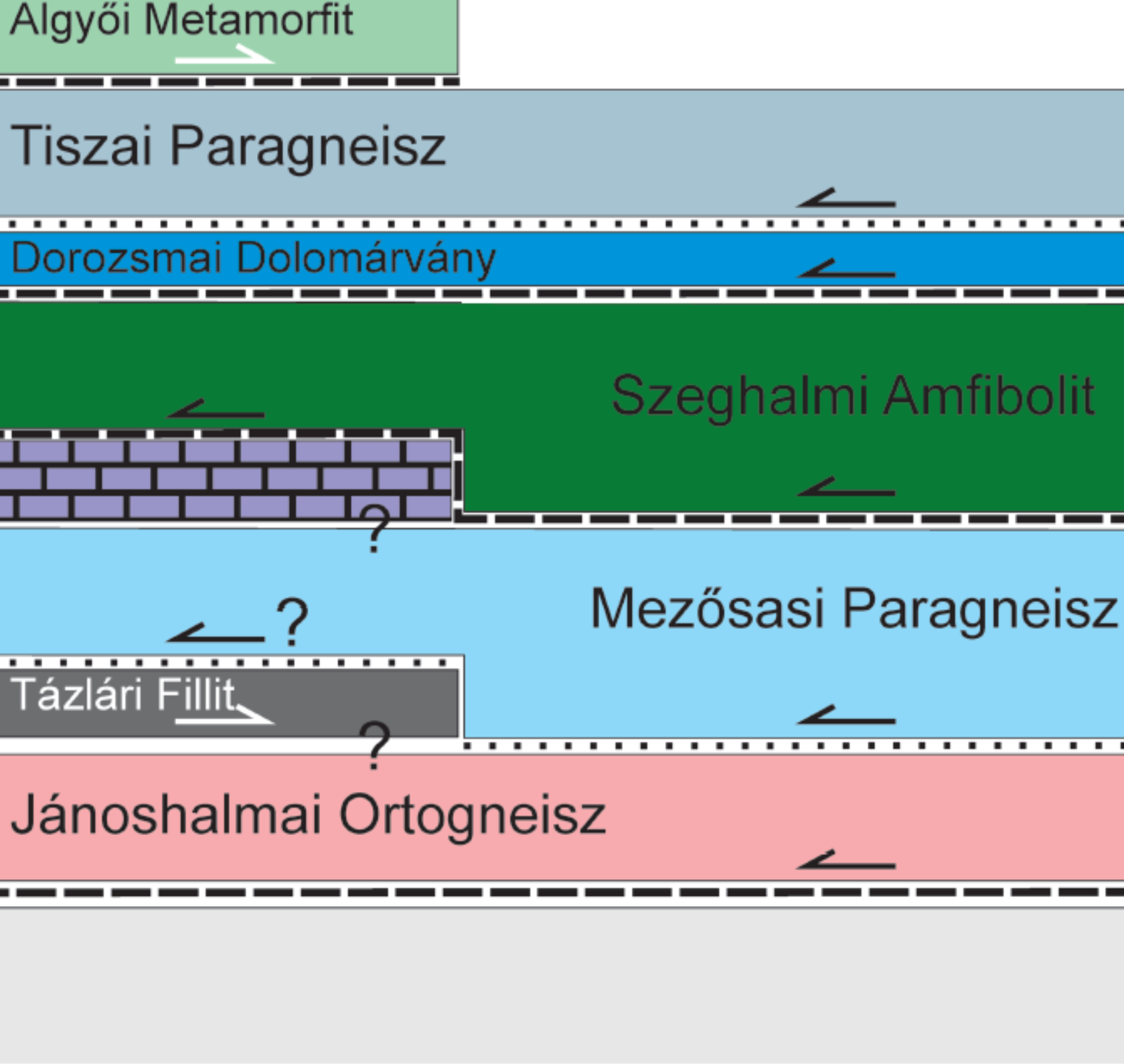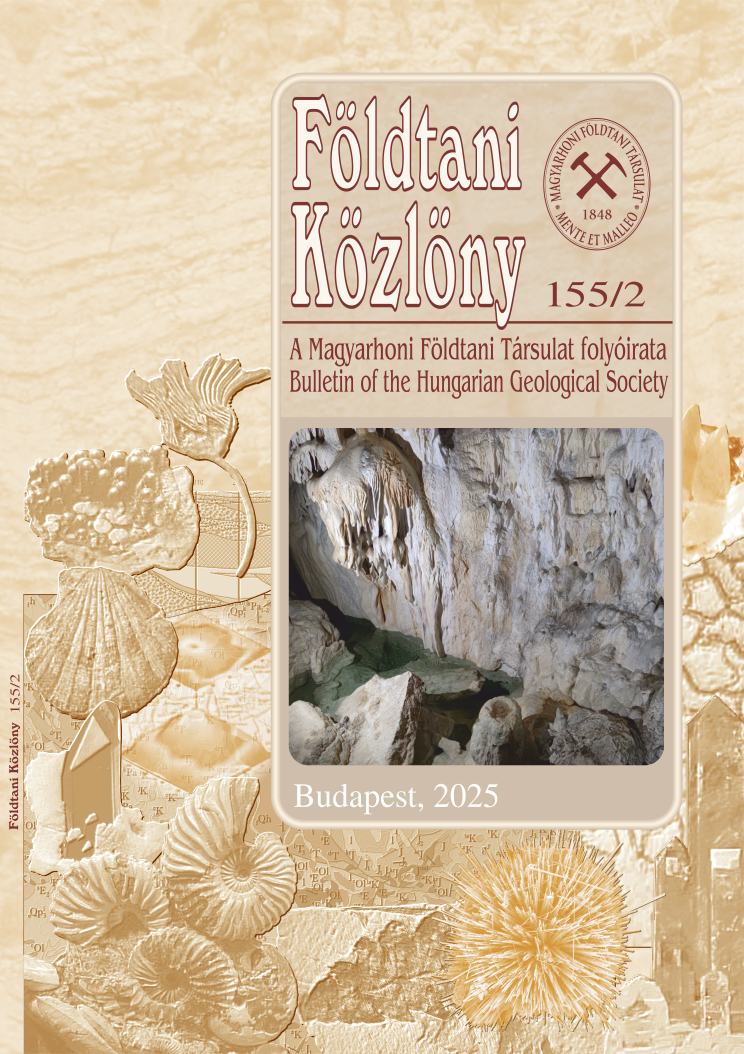The metamorphic basement of the Great Hungarian Plain: from Zwischengebirge towards a variegated mosaic
Abstract
As a result of the increasing amount of petrological information, the structural image of the metamorphic basement of the Great Hungarian Plain has changed significantly during the last six decades. The old model of a homogeneous and rigid „Zwischengebirge” got replaced by a variegated mosaic of mobile crustal blocks, which took an active part in all essential tectonic motions since the Variscan orogeny. In this paper, we conclude the metamorphic evolution of rock bodies representing 8 study areas across the Great Hungarian Plain, namely Jánoshalma, Kiskunhalas-Tázlár, Szank, Csólyospálos-Kömpöc, Szeghalom, Mezősas-Furta, Dorozsma and Algyő. Besides their lithological characteristics, the spatial relationship of diverse basement blocks is discussed based on a combined evaluation of petrological and well-log data.
The results suggest that a few typical lithological and structural patterns can characterize the metamorphic basement. In the Kiskunhalas area, the lowermost unit is dominated by an orthogneiss block above which a low metamorphic grade phyllite block appears along a thick mylonite zone. The low-angle ductile shear zone follows a dip close to the north. Three blocks of different P-T evolutions build the Szank, the Szeghalom and the Mezősas-Furta areas. The orthogneiss, the garnet sillimanite biotite gneiss and the amphibolite dominated realms are separated by shear zones indicated by brittle deformed tectonic rocks, cataclasites and fault breccias. Based on well-log interpretation, these overthrusts dip to the south-west and probably belong to the Alpine nappe system. The thick overthrust zone, which separates blocks of different metamorphic evolutions in the Dorozsma area, is also interpreted as a Cretaceous nappe system. Here and there in the neighbouring Algyő area, the structure is further complicated by tectonic zones formed due to the formation of a metamorphic core complex as a result of the subsidence of the Pannonian Basin during the Neogene. Finally, at present blocks of different metamorphic and post-metamorphic evolutions build up the basement in the southern part of the Great Hungarian Plain.
All these structural patterns identified serve a firm basis to define the lithostratigraphic units throughout the metamorphic basement. As these units are extremely heterogeneous concerning their petrology and structure, they must be defined as complexes, following the proper terminology.
















